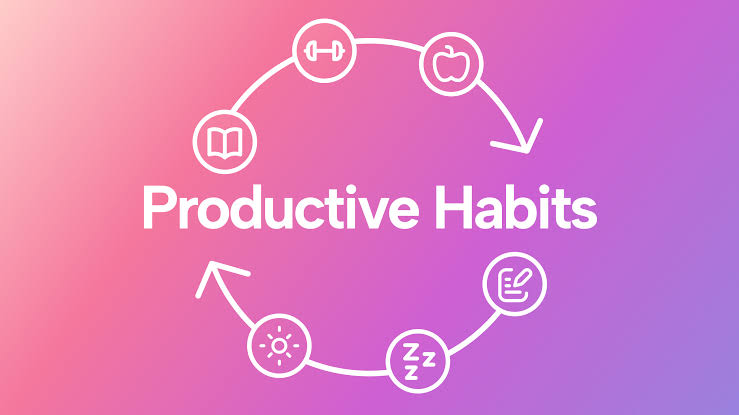How to structure a story

As a storyteller, I understand the importance of a solid story structure—it’s the very foundation upon which your narrative thrives. A good story isn’t just about beautiful words or an exciting plot; it’s about how those elements are arranged to keep your reader engaged from start to finish. When your story is well-structured, it becomes easier to follow, more enjoyable, and ultimately more impactful.
In this guide, I’ll walk you through a step-by-step breakdown on how to structure your story effectively. Whether you're writing fiction, a blog story, or even a personal narrative, these principles will help you organize your thoughts and create a memorable piece.
---
First, Think in Three Parts: Beginning, Middle, and End
Every great story follows a basic structure—a beginning, a middle, and an end. This simple framework helps you shape your story logically while building interest and emotional connection.
---
1. The Beginning 
Introduce Your Character and Setting
This is where your story starts. Introduce your main character(s), give us a glimpse into their world, and hint at what’s to come. Set the tone and establish the setting. This is also where you present the inciting incident—the event or situation that disrupts the normal life of your character and kickstarts the journey.
Tip: Make your beginning strong and relatable. Give your readers a reason to care about your character from the very start.
---
2. The Middle 
Develop Your Character and Introduce the Conflict
Here’s where the real story unfolds. In this section, you dive deeper into your character’s journey. Introduce challenges, obstacles, and opposing forces. This is where the tension builds and your character begins to evolve. Every event in the middle should push the story forward and raise the stakes.
Tip: Keep the pace engaging. Don’t just pile up events—make sure each scene contributes to your character’s growth or adds to the tension.
---
3. The End 
Reach the Climax and Resolve the Conflict (Denouement)
This is the most intense and emotionally charged part of the story—the climax. It’s the turning point where your character faces their biggest challenge. After the climax comes the denouement, where the story wraps up, conflicts are resolved, and we see how the journey has changed the character.
Tip: Don’t rush the ending. Give your readers a satisfying conclusion that ties up loose ends or leaves them with something to think about.
---
Final Thoughts
A well-structured story is like a well-built house—it stands firm, invites readers in, and gives them an experience they won’t forget. Whether you’re a beginner or an experienced writer, mastering story structure will help you tell better stories and connect more deeply with your audience.
Remember: great stories don’t just happen—they’re built, one step at a time.




